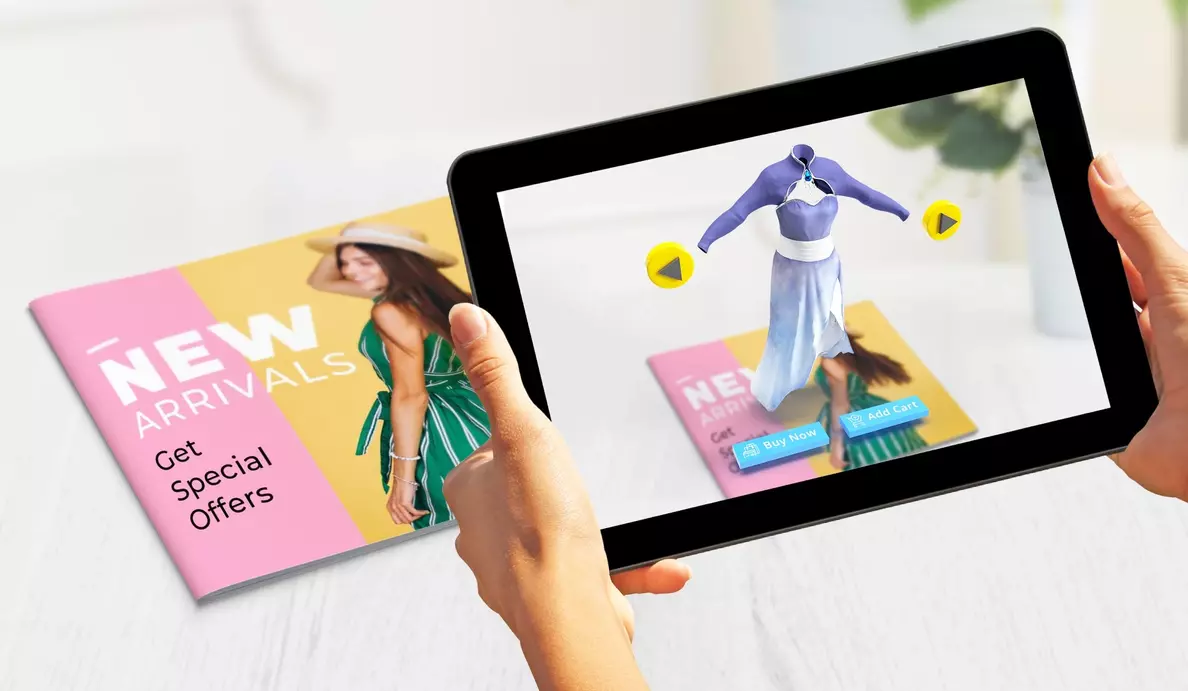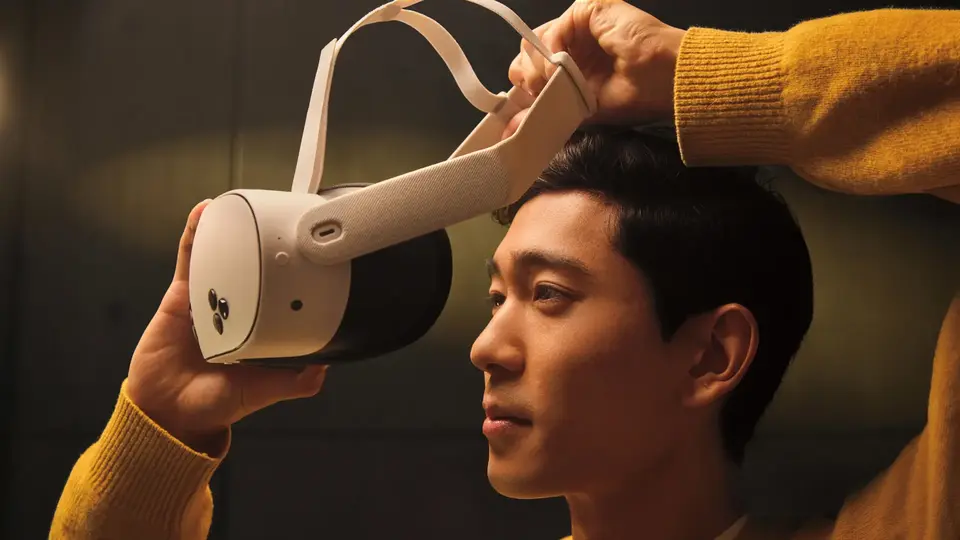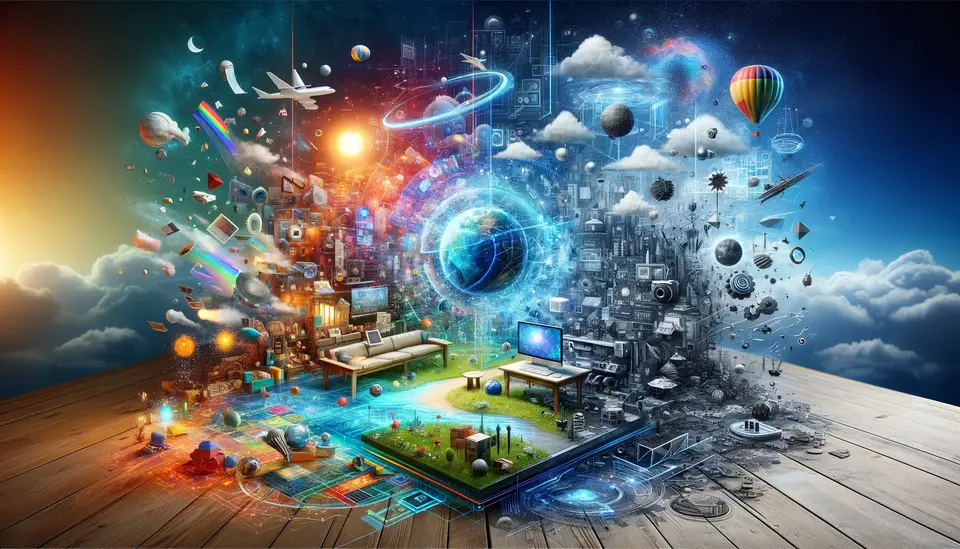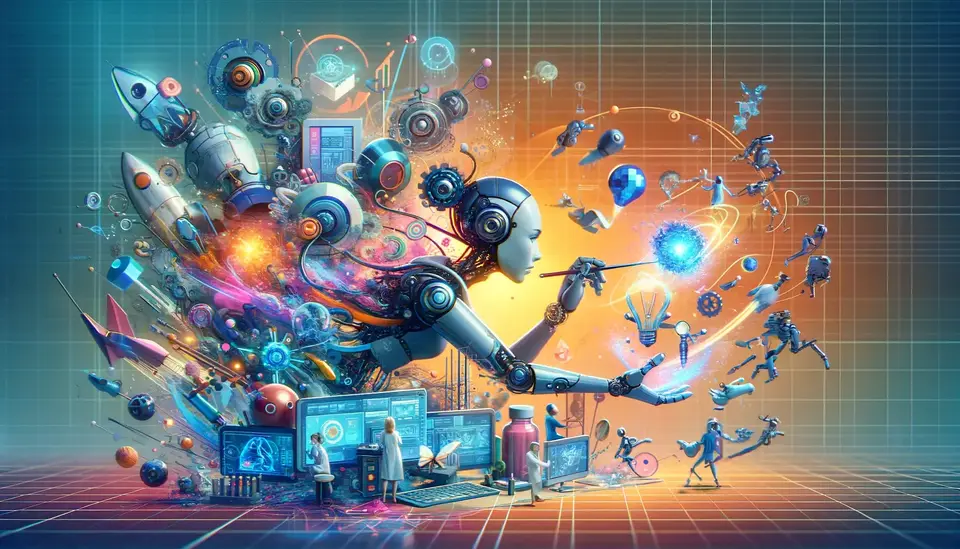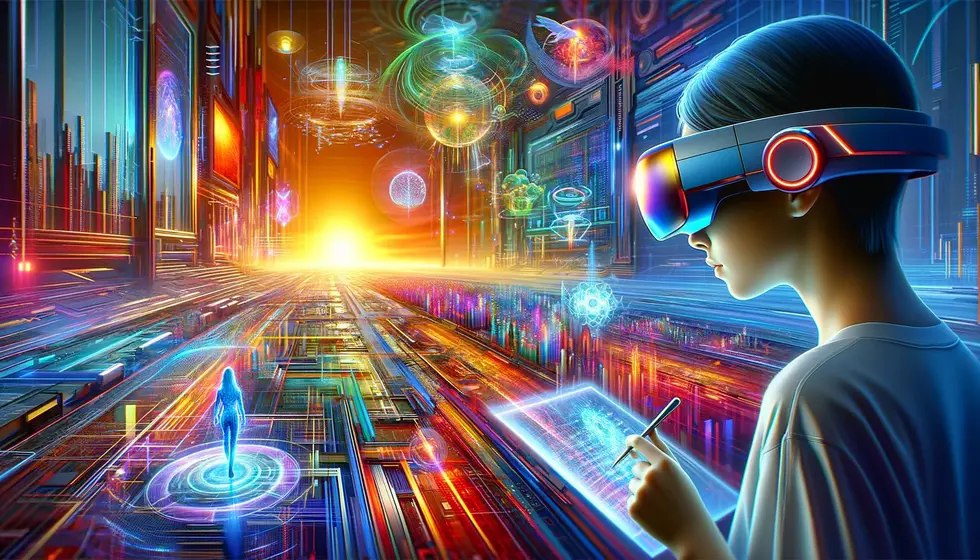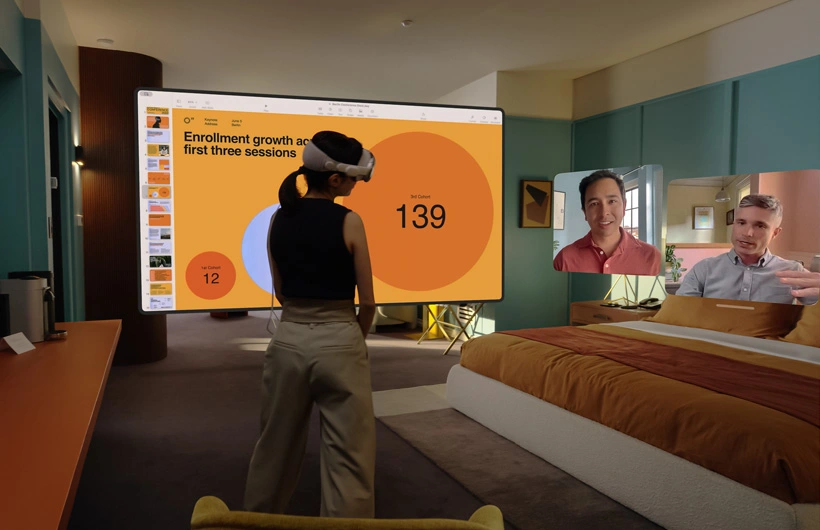15 Examples of the Use of Mixed Reality in Retail
Posted on April 14, 2023 4 minutes 683 words
Table of contents
- 1. Virtual fitting rooms: Zara
- 2. Interactive product displays: LEGO
- 3. Personalized recommendations: Amazon
- 4. Augmented reality catalogs: IKEA
- 5. In-store navigation: Lowe’s
- 6. Virtual shopping assistants: H&M
- 7. Gamification of retail: Nike
- 8. Mixed reality marketing campaigns: Pepsi
- 9. Product customization: Converse
- 10. Remote customer service: Warby Parker
- 11. Virtual showrooms: Audi
- 12. Immersive product tutorials: Sephora
- 13. Virtual events and product launches: Apple
- 14. Data visualization and analytics: Walgreens
- 15. Training and onboarding for retail staff: Walmart
- Conclusion
Mixed reality is a transformative technology that merges the physical and digital worlds, creating immersive and personalized experiences. In recent years, the retail industry has started leveraging mixed reality to enhance customer engagement, boost sales, and improve overall satisfaction. In this blog post, we will explore 15 real-world examples of how mixed reality is revolutionizing the shopping experience.
1. Virtual fitting rooms: Zara
Zara has implemented virtual fitting rooms, allowing customers to try on clothes virtually using augmented reality (AR). This technology reduces the need for physical fitting rooms and provides a convenient and personalized shopping experience.
2. Interactive product displays: LEGO
LEGO uses AR-powered interactive displays in its stores. Customers can hold a LEGO set box in front of a screen, and the AR technology shows a 3D model of the assembled set, allowing customers to visualize the completed product.
3. Personalized recommendations: Amazon
Amazon’s app uses AR to provide personalized product recommendations based on customers’ preferences, shopping history, and social media profiles, making the shopping experience more tailored and engaging.
4. Augmented reality catalogs: IKEA
IKEA’s AR app, IKEA Place, allows customers to place virtual furniture in their homes, helping them visualize how the products would look and fit in their space before making a purchase.
5. In-store navigation: Lowe’s
Lowe’s home improvement stores have introduced the Lowe’s Vision app, which uses mixed reality to provide in-store navigation, guiding customers to specific products or departments within the store.
6. Virtual shopping assistants: H&M
H&M has collaborated with Google to create a virtual shopping assistant, allowing customers to receive personalized advice and assistance through voice commands, making their shopping experience more convenient and enjoyable.
7. Gamification of retail: Nike
Nike’s SNKRS app uses AR and gamification to create exclusive, interactive experiences around sneaker releases. Customers can participate in scavenger hunts, quizzes, and other activities to unlock access to limited-edition products.
8. Mixed reality marketing campaigns: Pepsi
Pepsi’s “Unbelievable” campaign used AR to create an immersive bus shelter experience in London, surprising waiting passengers with virtual events like alien invasions and charging tigers, increasing brand awareness and customer engagement.
9. Product customization: Converse
Converse’s “Custom” feature allows customers to use mixed reality to customize their sneakers, selecting colors, patterns, and even adding custom designs, making the shopping experience more personal and unique.
10. Remote customer service: Warby Parker
Eyewear retailer Warby Parker uses mixed reality to offer remote customer service through its app. Customers can receive real-time assistance in selecting frames and fitting their glasses from store associates via video chat.
11. Virtual showrooms: Audi
Audi has implemented virtual showrooms, allowing customers to configure and explore car models in a virtual environment, providing a more immersive and interactive experience than traditional car showrooms.
12. Immersive product tutorials: Sephora
Sephora’s Virtual Artist app uses mixed reality to provide immersive product tutorials, helping customers learn how to apply makeup and experiment with different looks before making a purchase.
13. Virtual events and product launches: Apple
Apple has used mixed reality to host virtual events and product launches, creating buzz and excitement around new products like the iPhone and iPad by allowing customers to explore and interact with the devices in a virtual environment.
14. Data visualization and analytics: Walgreens
Walgreens uses mixed reality to visualize customer data and analytics, providing valuable insights into customer behavior and preferences, which helps the retailer make more informed decisions about product offerings and store layouts.
15. Training and onboarding for retail staff: Walmart
Walmart has adopted mixed reality for training and onboarding new retail staff. Using virtual reality (VR) headsets, employees can experience immersive simulations of real-world store scenarios, making the learning process more engaging and effective.
Conclusion
Mixed reality is reshaping the retail industry by creating personalized, engaging, and convenient experiences for customers. From virtual fitting rooms to gamified marketing campaigns, retailers are embracing this technology to stay ahead in an increasingly competitive landscape. As mixed reality continues to evolve, we can expect even more innovative applications in the retail space, further transforming the way we shop.

